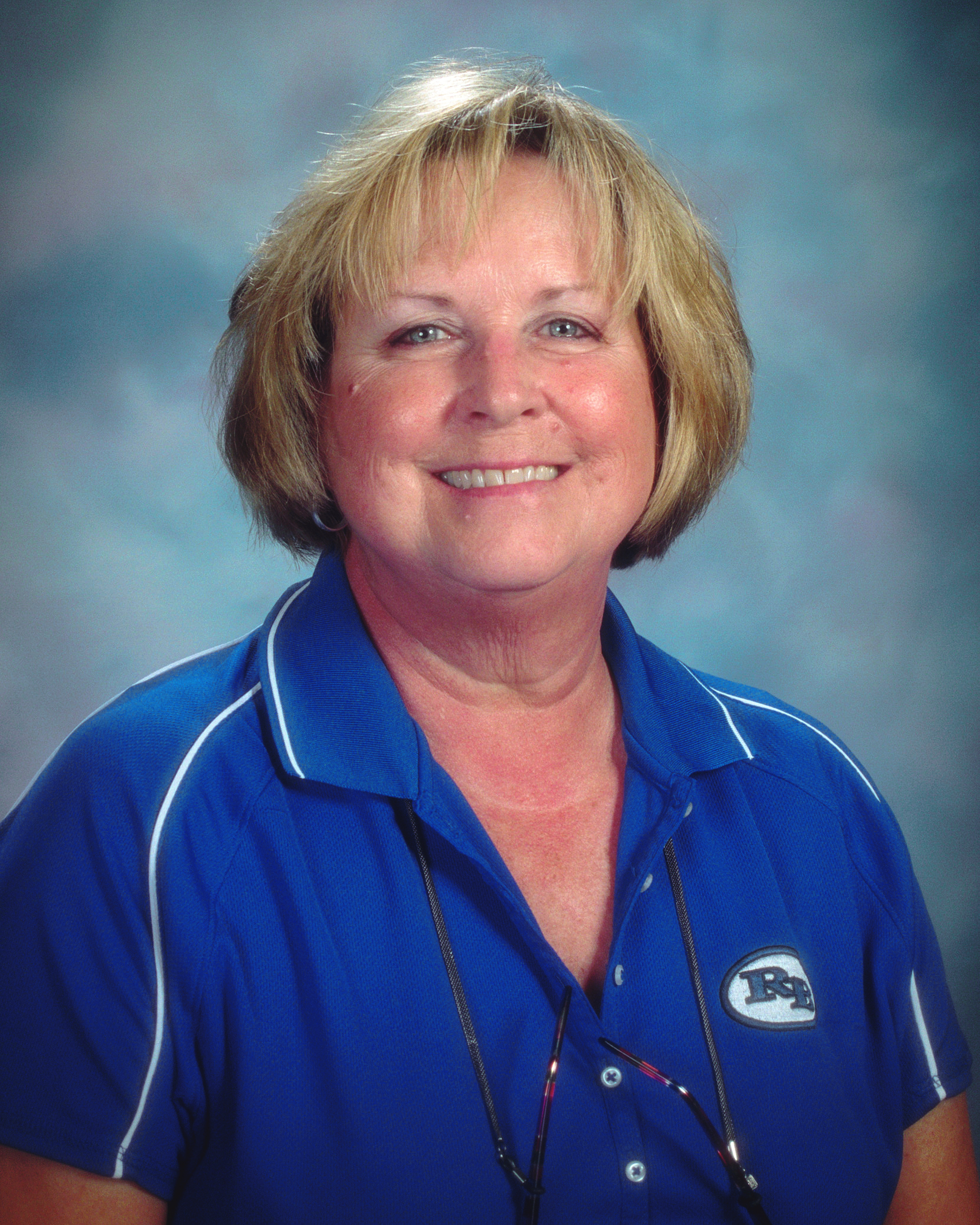Football no longer 'cash cow' for other sports in Chattanooga area
Friday, January 1, 1904
In the early 1970s it wasn't uncommon for high school football players in Hamilton County to have at least two pairs of cleats -- one pair for practice and the other for games.
Nor was it uncommon for football to pay the freight for numerous other sports.
"At Red Bank it has gotten away from that," said Gail Chuy, the principal who is moving this year from Red Bank to East Hamilton. "Football is such an expensive sport to run, and when we changed divisions [and classifications from AAA to AA], football didn't make all that much [as compared to the past]."
It is the rare case now that a high school football program provides sole financial support for other sports.
"I don't know that football is the cash cow it used to be," Chuy said. "Our [other Red Bank] programs pretty much financed themselves. We did have general athletic money and help other sports, but the other sports also fundraised."
Soddy-Daisy is the largest high school in Hamilton County and according to John Maynard, its principal, took in about $45,000 from five 2011 home football games. Out of that came all the expenses of running a program that normally includes about 100 students.
"Football is such an expensive sport. We figure, and this is probably a low estimate, about $250 per player per year," Maynard said. "We're in the process now of replacing helmets -- they're up around $325 each -- so that's a three-year project."
In addition, the TSSAA last year took $550 from the program for catastrophic injury insurance fees, and there was the cost of referees -- five at $90 apiece and a clock operator at $60 -- for each of the five home games. Then there is annual field maintenance. While the county pays for water, the program must supply the fertilizer, field paint and the machinery necessary to cut the grass, and Maynard estimated that annual cost at $4,000. Transportation to away games added about $3,000 per year.
So football has to keep most of what it takes in.
"There just is not a whole lot there to share," Maynard said.
The only programs at the school that benefit directly from football are the band, which handles all concessions at home games, and ROTC, which handles the parking and takes most of the money made there. A small portion goes to the general athletic fund, and some goes to the football booster club, whose season-ticket sales generally include a season parking pass.
What Chuy did if Red Bank received a donation for athletics or held a fundraiser that wasn't sport specific was to set that money aside in a general account and use it for other sports' special needs -- such as the golf team or even the baseball team this past spring securing a state tournament trip.
"It was for things that they couldn't afford on a regular basis," she said.
When Tom Weathers was athletic director and football coach at Red Bank, the school had one big booster club.
"Now most sports have their own booster club and each has its own [school] account. Most finances are run through the school," Chuy said.
In general terms, football is more a failsafe than a financier.
"It depends, I would think, on which school you're talking about as to how much football [pays the freight], and basketball does some, too," added Brad Jackson, an East Hamilton assistant principal whose responsibilities include overseeing the school's athletic program. "Football has to cover other sports' deficiencies sometimes."
The trend is for each sport to be self-sustaining.
"Yes and no," Meigs County principal Clint Baker said when asked if football carried the financial load at the Decatur school. "It does not in basketball, but pretty much for the other sports it does. Our gates in football and basketball, most of those stay within those programs, but we do take a percentage [5-10 percent] from those sports and put it in an athletic fund which helps other programs. Football helps, but it doesn't actually fund the athletic program."
East Hamilton's set-up is similar to that at Red Bank in that each sport has a school account and some sports have booster clubs, "but most schools from what I hear are getting away from booster clubs because of [state] regulations," Jackson added.
"When you have money going through the school you can maintain better [fiscal] control, and you know where the money's going," he said.
It was hard early on for East Hamilton's football team to support even itself, because the Hurricanes spent the first two years playing every game on the road. Football coach Ted Gatewood somehow managed to make ends meet.
"It was tough on Ted," Jackson said. "It takes money. He lost out on being able to replace jerseys or equipment. It was tough on him and the program."
Contact Ward Gossett at wgossett@timesfreepress.com or 423-886-4765.


